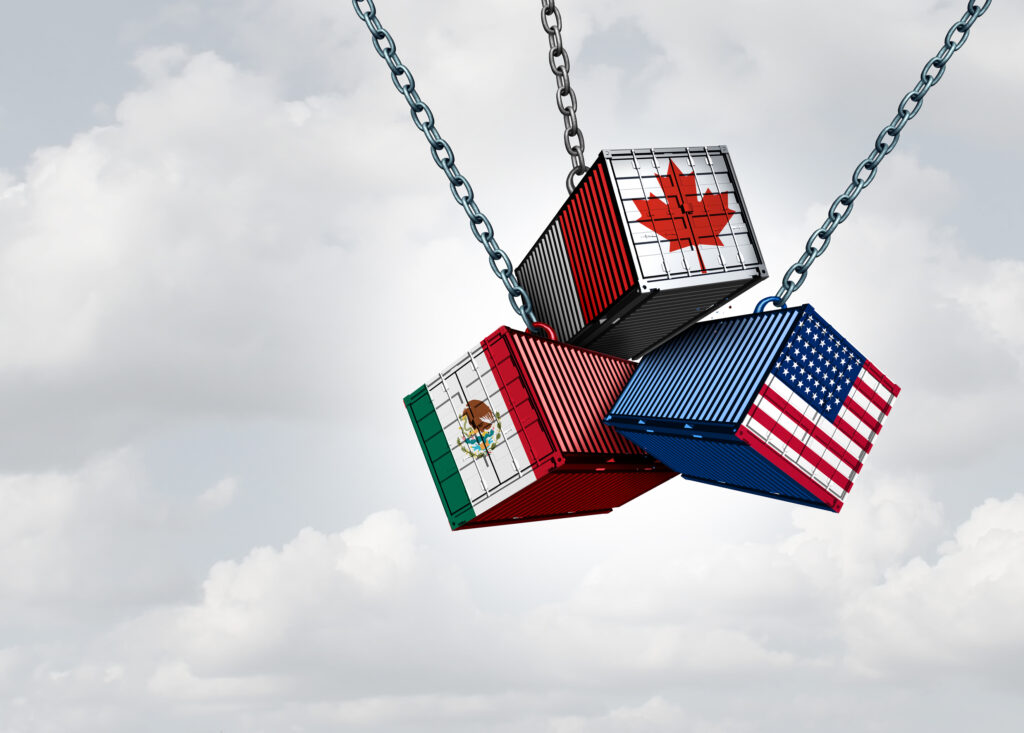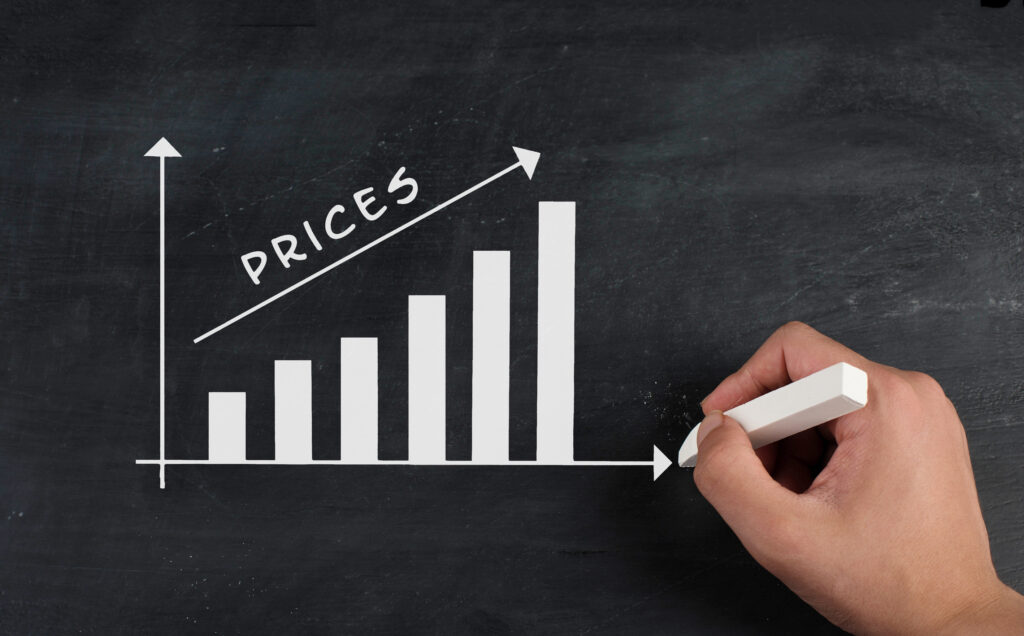
We’re all glued to the news, watching this North American trade-war unfold.
If you’re in the B2B sales profession, it’s like sitting in a stalled car on train tracks, and hearing an oncoming freight train that’s just around the corner. You KNOW it’s heading straight for you, yet you feel helpless. Unable to avoid the disaster.

A 25% increase in costs can feel like a sales nightmare—but it doesn’t have to be. Your move now determines whether you keep customers, gain new ones, or lose out to the competition.
Quick Summary (TLDR):
- Get Ahead of the Conversation—Transparency Wins
- Give Them Options, Not Just a Price Increase
- Reinforce Value Beyond Just Price
- Find New Markets—Before the Tariff Squeezes You Out
- This is Your Moment to Strengthen Customer Relationships
If you’re in sales and your products just became significantly more expensive due to tariffs, here’s how to navigate this challenge effectively:
1. Get Ahead of the Conversation—Transparency Wins
Silence kills trust. Don’t stick your head in the sand. Your customers will find out about the price increases—it’s better if they hear it from you first. Not from their next invoice. Be upfront, factual, and strategic:
📢 Frame it as a “heads-up” rather than bad news.
- Example: “I wanted to personally let you know about an industry-wide issue impacting pricing on [product]. Due to a new 25% tariff, we’re seeing cost increases that will affect pricing moving forward. My finance and ops teams estimate cost increases up to x%. Let’s discuss the best way to navigate this together.” Show empathy for them and THEIR customer situation. Offer value by offering information they can plan around. Remember to have backup data to prove the impact on their costs. I did this during the covid-19 supply chain disruptions that hammered freight costs, using third-party indices.

📢 Avoid apologizing for something out of your control.
- Instead, focus on value: “Despite these changes, we’re committed to delivering the best [product/service] with the highest ROI for your business.” Have a list of your key features and benefits. Know your positioning against your clients alternatives. Make your customer FEEL your benefits, by using stories and word pictures that are immersive.
2. Give Them Options, Not Just a Price Increase
Customers don’t just want bad news—they want solutions. Here’s how you can help:
🔹 Bulk Orders Before the Increase: Can they lock in current pricing by purchasing ahead of the increase? Check if you have inventory to manage that, first.
🔹 Alternative Product Configurations: Are there different materials, suppliers, or product options that can reduce cost impact? Circle the wagons with your ops team sooner rather than later. Consider getting your ops team leaders in a meeting with your key clients. I did this for a large city infrastructure contract post-covid, and we were able to come up with product variations through a brainstorming meeting.
🔹 Flexible Payment Terms: Extending payment terms can ease their financial burden and reinforce long-term loyalty.
3. Reinforce Value Beyond Just Price
If you’re only selling on price, you’re in trouble. Now’s the time to double down on differentiation:
✅ Total Cost of Ownership (TCO) – Show why your product is still the best investment despite the price increase. Does it last longer? Require less maintenance? Improve efficiency?
✅ Risk Avoidance – What are the risks of switching to a lower-cost competitor? Inferior quality? Supply chain issues? Hidden costs? Do your research on those options, because you know your clients will be doing that research too.
✅ Proven ROI – Provide data, testimonials, and case studies showing that despite the increase, your product delivers measurable value. If you don’t have those sales enablement tools, get cracking and create them. Now.
4. Find New Markets—Before the Tariff Squeezes You Out
If a 25% tariff makes your product too expensive in one market, find another.
🌍 Are there untapped regions or industries with lower sensitivity to price increases?
- Can you shift focus to premium buyers who prioritize quality over cost?
- Are there markets not impacted by the tariff where your product remains competitive?
📊 Analyze your past wins and look for patterns.
- Which customers buy based on value, not just price? Target more of them.
5. This is Your Moment to Strengthen Customer Relationships
Customers remember who helps them through tough times.
🤝 Offer to strategize with them.
- “Let’s set up a time to discuss how we can offset these increases together.”
📩 Stay visible and proactive.
- Don’t just send one email about the price increase and disappear. Be the resource they turn to for solutions.
Final Thought: Your competitors are reacting. The best sales pros are strategizing.
This is your chance to prove your value, help your customers navigate the storm, and build loyalty that lasts beyond the tariff crisis.
Looking for more articles about using Sales Enablement tools to help you sell? Go here for the full listing
